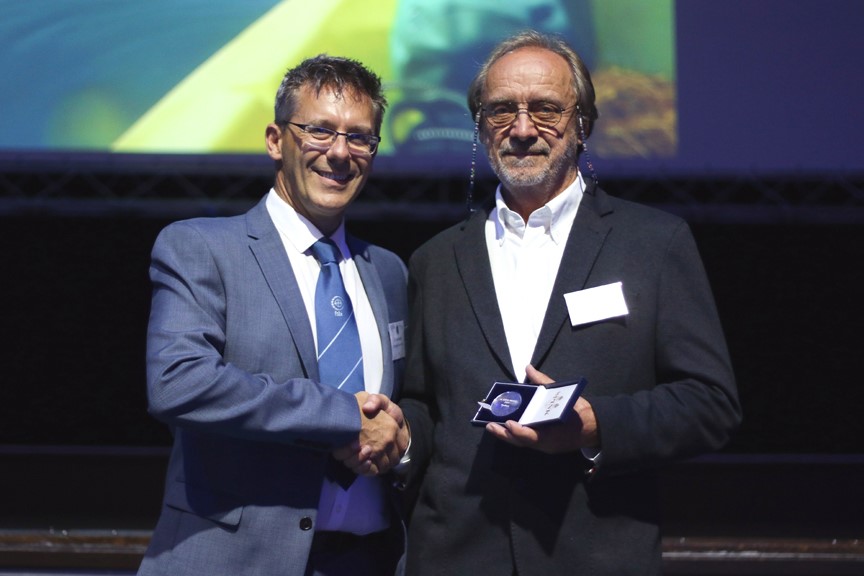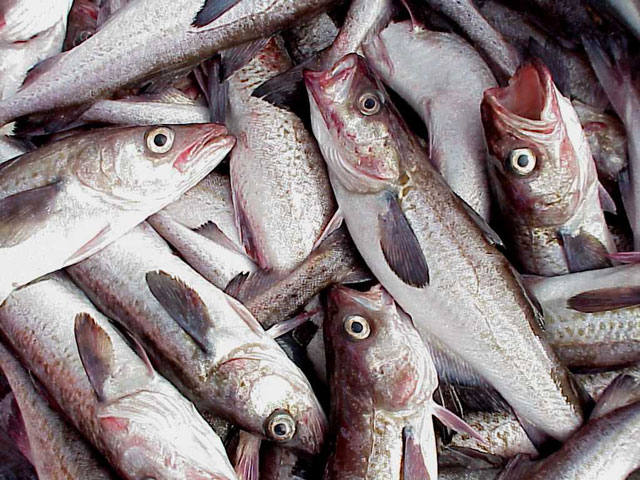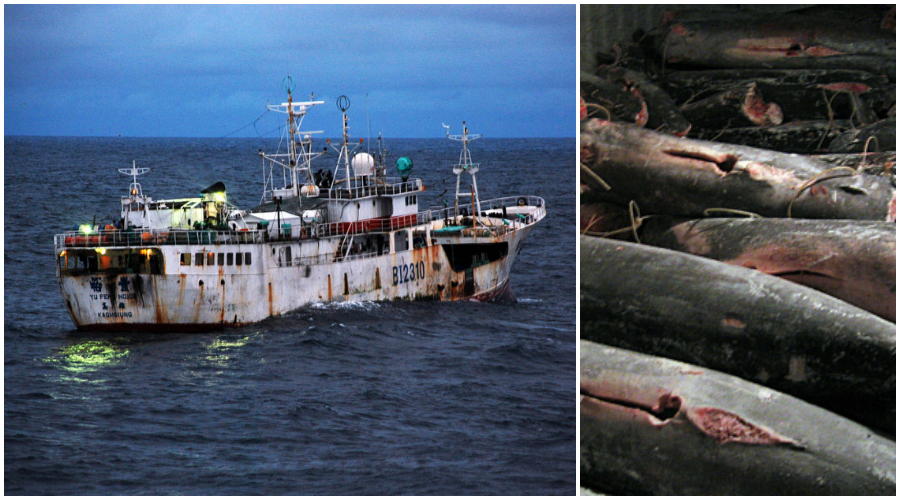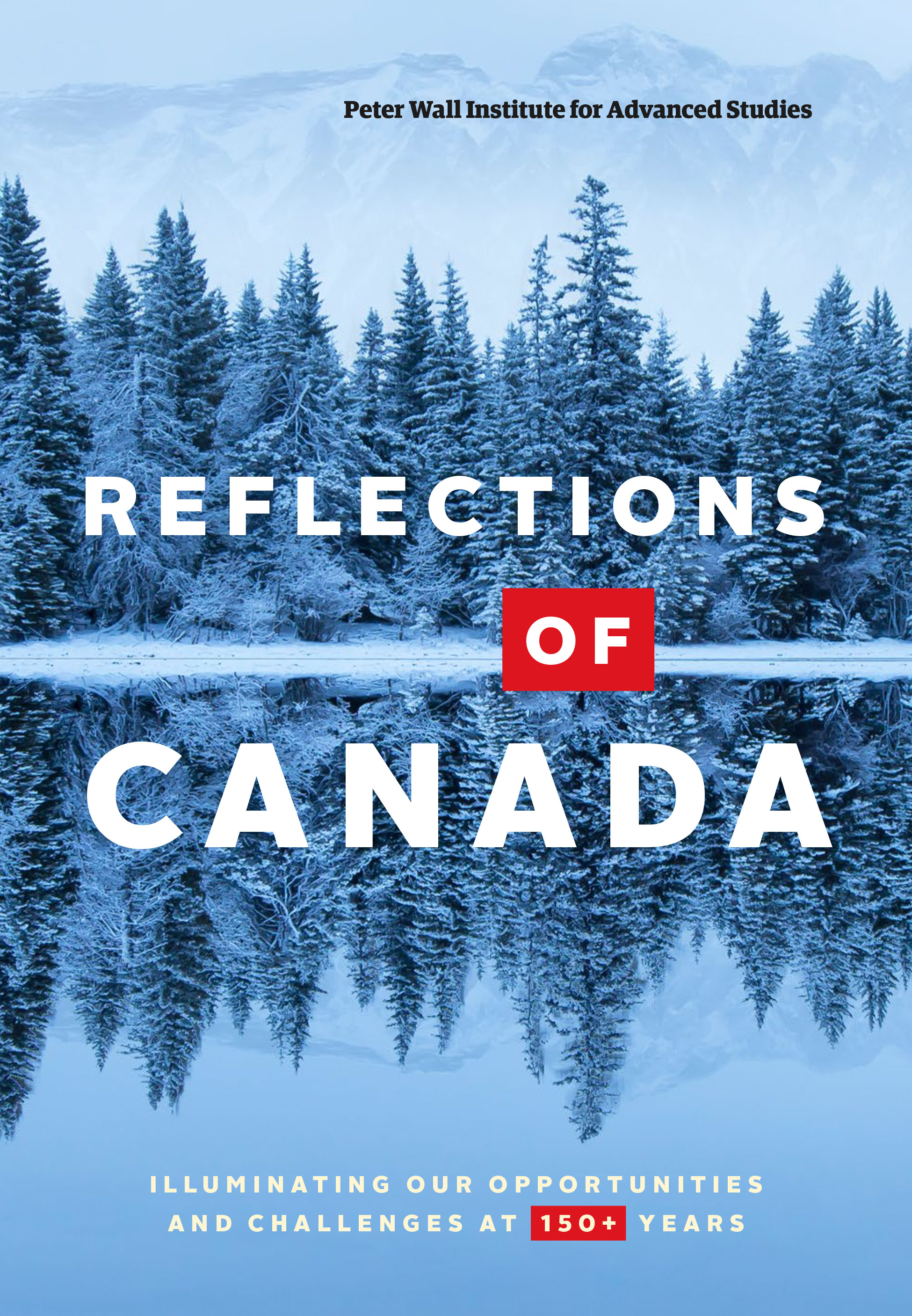The Fisheries Society of the British Isles awarded the 2017 Le Cren Medal to FishBase for “a lifelong contribution to all aspects of the study of fish biology and/or fisheries science, with a focus on conservation, training or public understanding of the discipline.”
Ten million tonnes of fish wasted every year despite declining fish stocks
Industrial fishing fleets dump nearly 10 million tonnes of good fish back into the ocean every year, according to new research.
The study by researchers with the Sea Around Us – Indian Ocean at the University of Western Australia, and the Sea Around Us, an initiative at the University of British Columbia, reveals that almost 10 per cent of the world’s total catch in the last decade was discarded due to poor fishing practices and inadequate management. This is equivalent to throwing back enough fish to fill about 4,500 Olympic sized swimming pools every year.
Illegal foreign fishing and lack of reporting threaten Sierra Leone’s fisheries sector
Illegal fishing accounts for about 30 per cent of catches by industrial foreign fleets in Sierra Leone, says a new study published in Marine Policy.
The paper states that, in the past decade, industrial foreign vessels have increased their presence and illegal activities in Sierra Leonean waters either on their own or by enticing small-scale fishers into illicit partnerships, such as acting as transshipment vessels in nearshore areas.
Reduced monitoring, control, and surveillance, related to the withdrawal of development aid, is spurring unlicensed operations, researchers say. The study estimates that more than 42,000 tonnes of fish were caught illegally in 2015 alone.
For Canada’s 150th Anniversary, fisheries scientists want concrete action
To mark the sesquicentennial anniversary of Canada’s Confederation, the Peter Wall Institute is releasing, on June 23, the book Reflections of Canada: Illuminating our Biggest Possibilities and Challenges at 150 Years.
It is a provocative essay collection where leading writers, researchers, and public intellectuals peer into the country’s future within their individual areas of expertise. And, who better than the Sea Around Us Principal Investigator, Daniel Pauly; the Nereus Program Science Director, William Cheung; and OceanCanada‘s Director, Rashid Sumaila, to talk about what the upcoming years might look like for Canada’s fisheries?
These women scientists want you to know more about fisheries
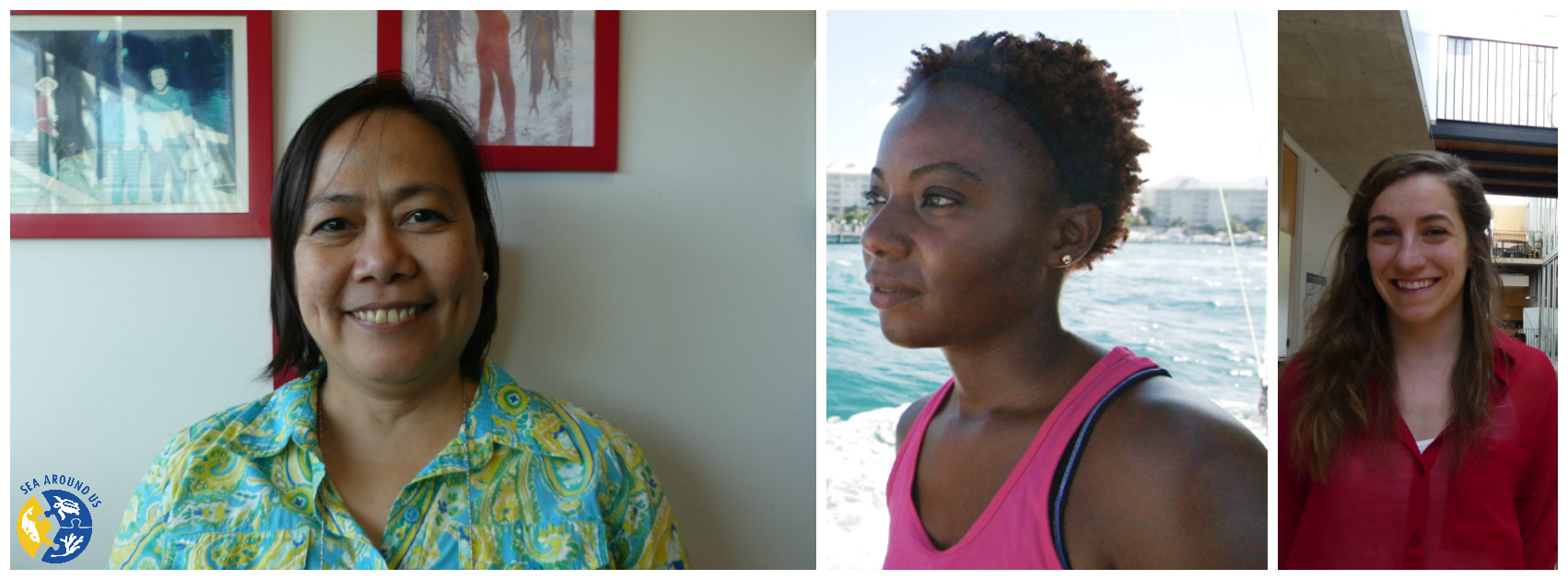
As many of our readers know by now, the Sea Around Us’ website hosts a publicly accessible database that covers the fisheries of all maritime countries and territories of the world, from 1950 to 2014, and is regularly updated.
This database is founded on the reconstructions of countries’ historical catch data that are generated by over 300 scientists from around the world. Continue reading


